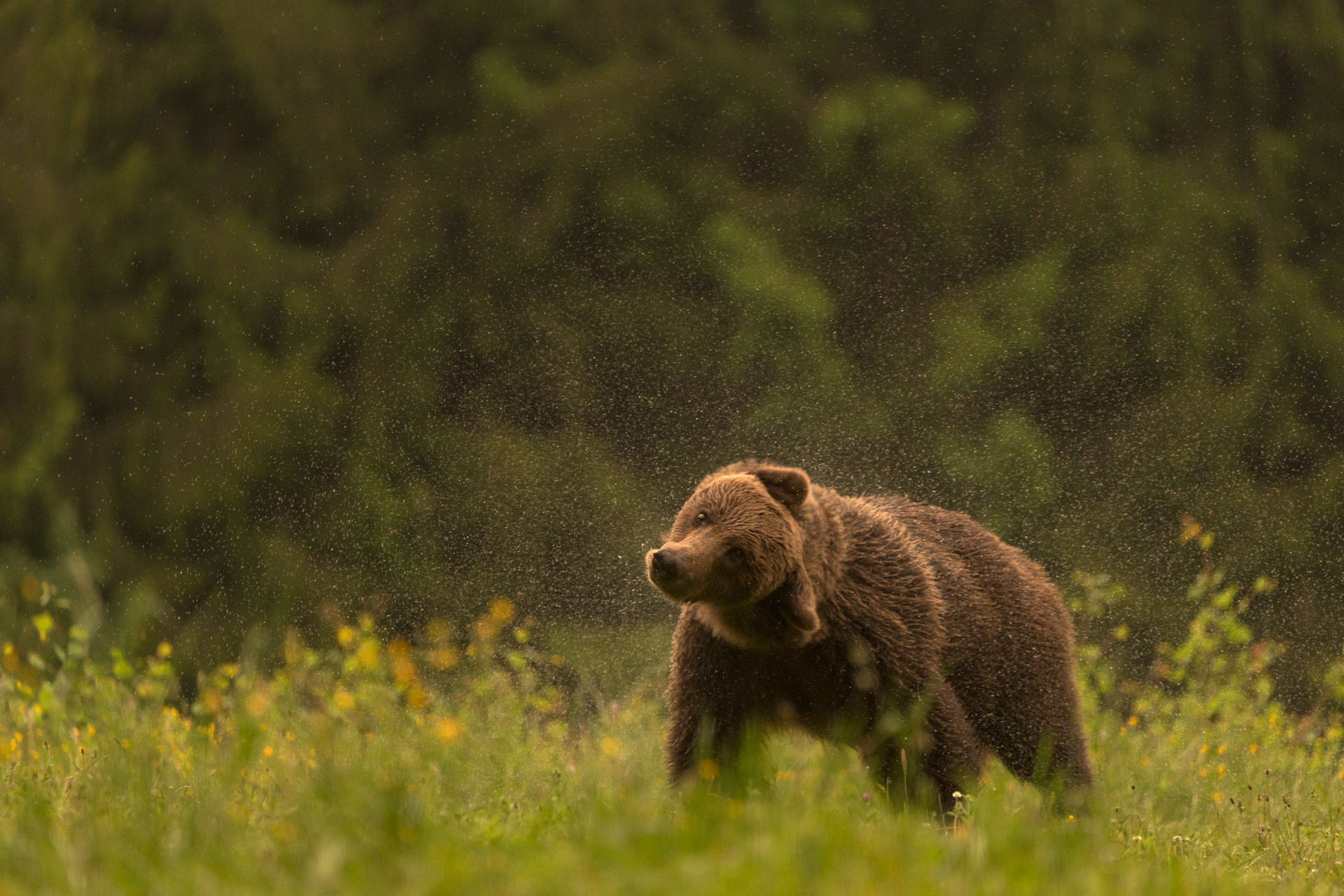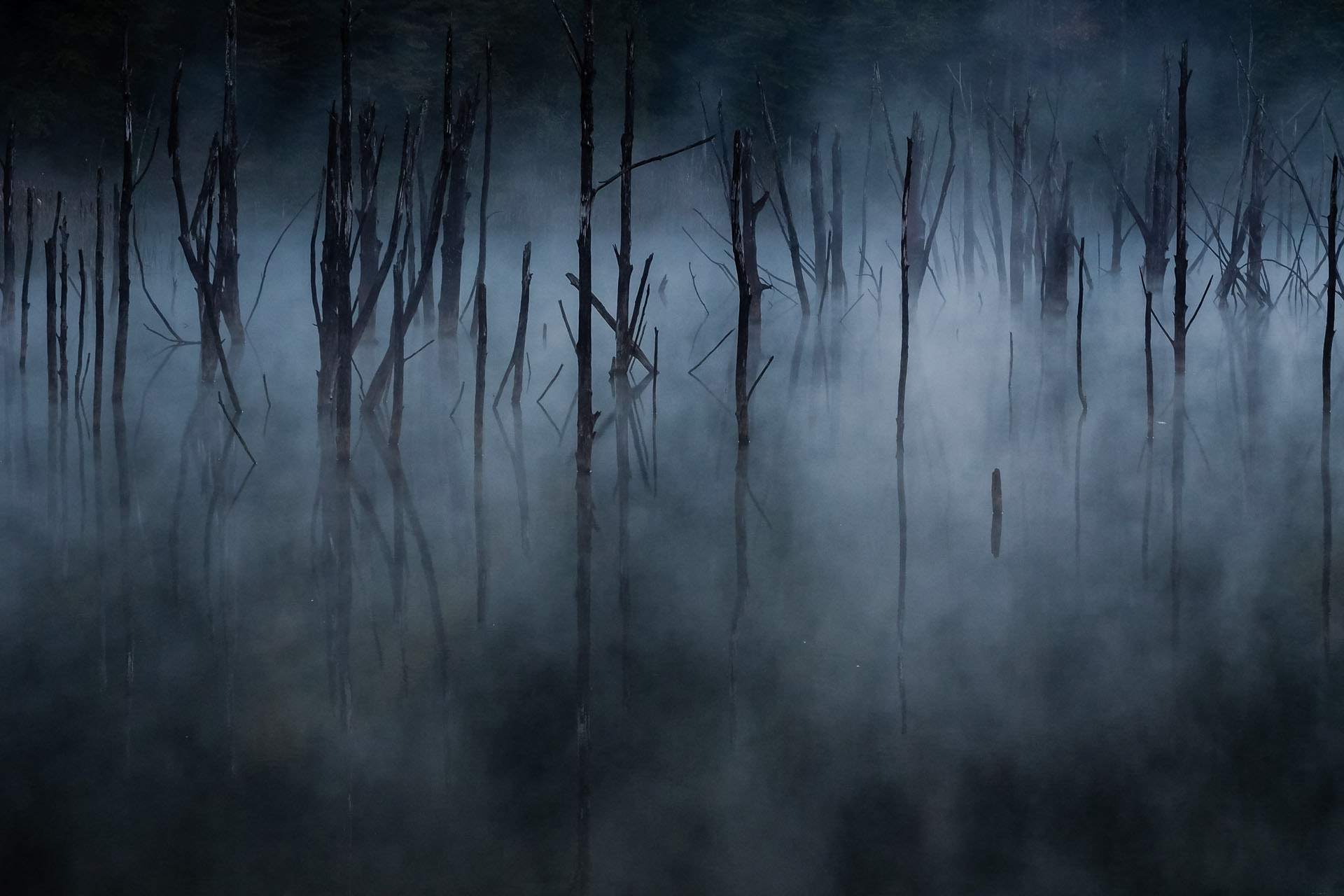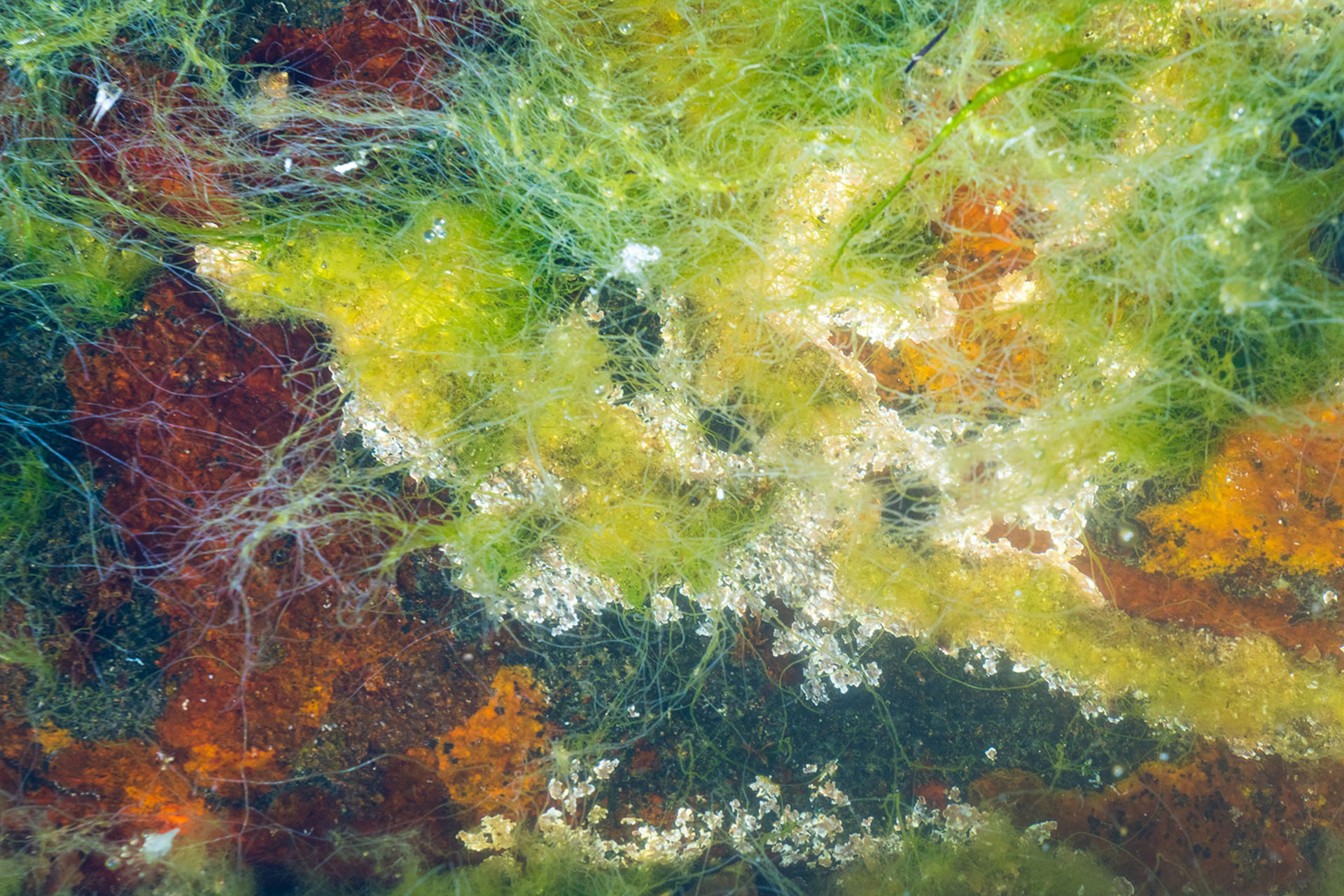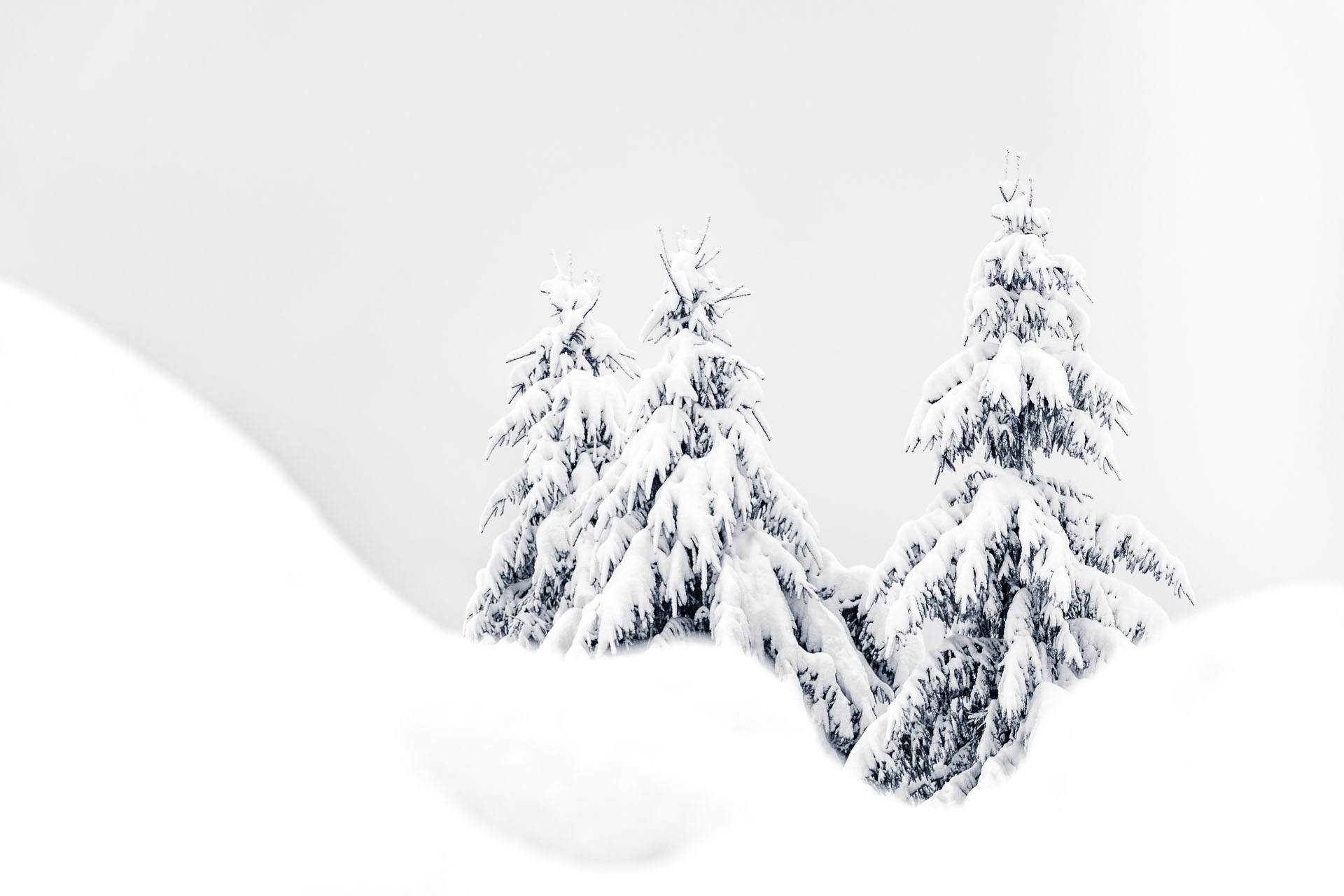„The life and well-being of any animal, the integrity of the natural habitat, as well as an honest presentation of the above, are more important than any photograph or photography award.”
Nature photography needs to be created with respect for nature. Our organisation has developed an ethical code that needs to be followed by its members, a code we intend to promote and support outside of the organisation as well, in order to harmoniously develop the nature photography in Romania. The principles we respect are as follows:
Respect nature and all life form
Any activity that one does in nature needs to have a minimal impact on the habitats and species, no matter if we are talking about long term or short term impact. Even if some short term impacts are minimal, one needs to keep in mind that cumulated effects can be major. When one completes his/her photographing activity in nature, he/she needs to make sure to leave the place as was found. Moving around in nature needs to be done discreetly and silently.
Avoid stressing the species you are photographing
The photographic activities shall not have a major impact on the life forms, no matter if those life forms are included or not in the images one takes. Taking photos of animals in an ethical manner implies that the photographer is aware of all times of the animal's behaviour, and to be able to tell when the animal is stressed, and at this point it is very important that the photographer back off quietly. The animal needs to be allowed to carry on with its activities, without interacting with it voluntarily in order to call for its attention or scare it away for an "action shot".
The species that are nesting, caring for their babies or feeding, need to be photographed from a distance. It is not allowed to interfere with the nests, eggs and baby animals, nor to harass the animals in any other way.
When the photographing activities are done in a group, one needs to bear in mind that the simultaneous presence of a large group of people can be an additional stress factor. Also, constantly going back to the same place in order to photograph a certain animal (especially if we are talking about a nesting area, an animal with babies, or a sensitive habitat) can be a stressing factor for that animal. Especially if other photographers are visiting the area in order to take the same photos. One needs to be careful when promoting such areas and species, in order not to create a dangerous situation for the animal that is photographed.
Using artificial light sources, continuous or flash, needs to be done rationally and only when it does not constitute a major risk for the fauna. Consulting a biologist or specialist on the subject is recommended.
Using drones and other invasive equipment (movement sensor cameras, flash systems, etc.) needs to be done in moderation and only when the images cannot be taken otherwise. We recommend these methods to be used only for well defined projects and after consulting with a specialist. It is not recommended to use drones for photographing birds in flight or nesting areas. However, if there is no other way to photograph, the drone must not be used closer than 60 metres (this distance was established by specialists in the area as being safe for birds).
Try not to alter the behaviour of the animals
Feeding the animals can be beneficial only in certain times of the season, for supplementing the natural resources. Photographing birds and animals at feeders is accepted, as long as the images are presented as such, and the feeding conditions do not pose any danger to the animal (by the quality of the provided food or exposing them to predators), and as long as the natural behaviour of the animal is not substantially modified.
Attracting species by noises, smells or decoys is allowed, but is recommended to limit it to a short time, especially during the mating season. Any action used to attract an animal needs to be done in moderation and without unnecessary stressing the animal. It is very important to know the aetiology of the species one intends to photograph.
Using live bait is not accepted. Baiting with cadavers is only accepted if these were ethically obtained (the death was by natural causes, accidents, etc.) and only if the dead animal is part of the diet of the photographed species.
Respect the integrity of the landscape and natural heritage
Modifying or destroying the landscape elements or geological formations is considered by our association as unacceptable. Camping activities or temporary hides construction does not have to bring major permanent changes to the environment.
Photographic activities in fully protected areas or in special protected areas need to be undertaken only after obtaining the necessary permits, and with respecting the authorised trails and the laws in that particular area.
Avoid exploiting captive animals
Our association discourages capturing wild species with the purpose of photographing them. Capturing represents a great disturbance for any animal and is illegal in most of the cases, with some exceptions linked to studies made by biologists and other specialists. If the photographs are meant for a certain project (especially a documentary or a scientific project), then some exceptions may be allowed, as long as the capturing is realised in collaboration with an authorised specialist. After photographing the animal, it must be released from captivity in its own natural environment, in the same spot one found it.
Although it recognizes the role of public gardens and zoo parks in educating the public, and in some conservation projects, our association does not encourage photographing animals in captivity, except the situation when this is done for certain documentary or scientific purposes. Those kinds of images can be used for acknowledging a certain fact, be it a positive or a negative one, or for experimenting with some photographic techniques. The results must be registered as such, and the photographers need to admit that the photo was taken in captivity.
A particular case is represented by game parks and animal parks, where the species live in a form of partial freedom. Because certain restrictions regarding photographing in these places are impossible to set, due to the various size of the spaces or the various degrees of liberty that the animals have, we consider that honesty is the best policy when photographing in these locations. The association encourages photographing animals in wilderness, and less in these locations, but we are aware that there are exceptions (large reservations for conservation of some species, or natural sanctuaries) where animals behave just like in their natural environment, without being withheld from natural movement or access to natural food. These cases need to be approached individually, according to the specifics of each. We encourage photographing in conservation reservations and sanctuaries, more than in game parks, where the animals are raised with a different purpose.
Present the reality in an honest manner
Our association supports honesty, so it does not encourage images that induce a false message on a certain situation, fact or phenomenon, regardless of the technique used to obtain that image (the angle or direction of photographing, manipulating image techniques, etc.). The interdiction is applied also to the images that mistakenly or deceitfully include vegetation crops or domestic animals presented as wild animals. Anthropic elements can be included in a nature image only if they are representative of the natural environment of the species that is the subject of the image, or if it contributes to raising awareness upon a fact, be it a negative or a positive one. This is also valid for the cultivated plants and flowers.
Photographing the wild flora has to be done exclusively in its natural habitat. Things like picking the flowers, destroying them, moving them from one location to another, sprinkling of the flowers to replicate natural dew or rain are not allowed.
The association encourages photographing on-site (in the place where one found the species). If manoeuvres are necessary in order to be able to photograph an animal (as the case may be with some insects, fish, amphibians, reptiles, etc.) this needs to be done very careful in order to avoid unnecessary stressing the animal, and becoming an involuntary pathogen transmitter. Moving the animal needs to be done with the help of a specialist where necessary.
The association encourages photographing on-site (in the place where one found the species). If manoeuvres are necessary in order to be able to photograph an animal (as the case may be with some insects, fish, amphibians, reptiles, etc.) this needs to be done very careful in order to avoid unnecessary stressing the animal, and becoming an involuntary pathogen transmitter. Moving the animal needs to be done with the help of a specialist where necessary.
An honest presentation of the image and of the conditions in which it was taken, will allow the photography to reach its purpose of information and education. Even so, the association recommends not to mention the exact location where the photo was taken, or presenting it in an approximate manner, when one is dealing with rare species or sensitive habitats.
Try not to exaggerate with the digital manipulation of photos
The association encourages technical excellence and editing artistic images, but it discourages excessive digital manipulation and altering reality.
Accepted editing:
+ Adjustments for improving the image (luminosity, saturation, contrast, exposure, etc), as long as the natural look of the captured moment is preserved;
+ Corrections of some technical problems (lens distortion, vignetting, chromatic aberrations, straightening the horizon line, perspective correction, etc.);
+ Eliminating dust and small image cleaning operations, as long as these changes does not significantly alter the scene or the photographed species, and does not change the meaning of the image;
+ Selective adjustments, as long as their purpose is to correct some exposure issues, contrast or colour, and not to alter the meaning of the image and for misleading the viewer;
+ Improving the clarity / sharpness and eliminating noise, but without losing the quality of the fine details;
+ Cropping and re-framing with decent limitations, without losing image quality;
+ Converting the image to black and white or other monochrome tones, while respecting the other accepted recommendation;
+ Some artistic edits and approaches, as long as their purpose is serving a series of images or specific projects, and not to misleading the viewer;
+ Joining multiple frames in a panoramic image, exposure blending, focus stacking, which needs to respect the other recommendation above, and needs to be taken in the same spot and at the same time (an exception can be astrophotography, where the images in the composition are taken at different times, but in the same spot and within a reasonable time frame).
+ Corrections of some technical problems (lens distortion, vignetting, chromatic aberrations, straightening the horizon line, perspective correction, etc.);
+ Eliminating dust and small image cleaning operations, as long as these changes does not significantly alter the scene or the photographed species, and does not change the meaning of the image;
+ Selective adjustments, as long as their purpose is to correct some exposure issues, contrast or colour, and not to alter the meaning of the image and for misleading the viewer;
+ Improving the clarity / sharpness and eliminating noise, but without losing the quality of the fine details;
+ Cropping and re-framing with decent limitations, without losing image quality;
+ Converting the image to black and white or other monochrome tones, while respecting the other accepted recommendation;
+ Some artistic edits and approaches, as long as their purpose is serving a series of images or specific projects, and not to misleading the viewer;
+ Joining multiple frames in a panoramic image, exposure blending, focus stacking, which needs to respect the other recommendation above, and needs to be taken in the same spot and at the same time (an exception can be astrophotography, where the images in the composition are taken at different times, but in the same spot and within a reasonable time frame).
Not accepted editing:
- Blurring some parts of the image, selective or not;
- Adding elements in the frame, regardless of their nature, even if they were photographed at the same time and in the same place;
- Eliminating elements from the frame, as long as this changes the meaning of the image by changing the composition, the subject or the message;
- Eliminating from the frame of any elements that have the purpose of restraining the moving capacity of the subject, forbidden bait, or means to signal some access restrictions;
- Applying digital coloured filters for artistic effects;
- Excessive selective desaturation of the colours;
- Creating images by exposure blending techniques, from photos that are not taken at the same time and in the same place with the original image that is altered;
- Any other type of excessive or artificial manipulation that changes the natural look.
At this chapter, a difference needs to be made depending on the specific of the documentary or artistic photography. In the first case, the editing of the frame should be limited to the maximum, while in artistic photography more adjustments are allowed. It is obvious that everything depends on each photographer's vision, but in both cases the image needs to replicate the natural setting as closely as possible. No matter what editing one did to the image, when asked, he/she should be honest and responsible for the editing techniques that were used.
- Adding elements in the frame, regardless of their nature, even if they were photographed at the same time and in the same place;
- Eliminating elements from the frame, as long as this changes the meaning of the image by changing the composition, the subject or the message;
- Eliminating from the frame of any elements that have the purpose of restraining the moving capacity of the subject, forbidden bait, or means to signal some access restrictions;
- Applying digital coloured filters for artistic effects;
- Excessive selective desaturation of the colours;
- Creating images by exposure blending techniques, from photos that are not taken at the same time and in the same place with the original image that is altered;
- Any other type of excessive or artificial manipulation that changes the natural look.
At this chapter, a difference needs to be made depending on the specific of the documentary or artistic photography. In the first case, the editing of the frame should be limited to the maximum, while in artistic photography more adjustments are allowed. It is obvious that everything depends on each photographer's vision, but in both cases the image needs to replicate the natural setting as closely as possible. No matter what editing one did to the image, when asked, he/she should be honest and responsible for the editing techniques that were used.
Respect intellectual property and have a decent approach when communicating
The association considers it unacceptable, regardless of the circumstances, to present images, or parts of images, created by other photographers as being one’s own work.
In communicating with other photographers, organisations or specialists in the nature area, or environment related NGOs, we recommend constructive conversation, decent language and professionalism. Because many of these discussions are held online, one needs to try and prove decency and empathy in communication and avoid controversies with fellow photographers. We also encourage constructive communication on the online platforms. When one publishes images that may cause controversies, he / she needs to be aware of this thing and take responsibility for it. One always needs to answer honestly when asked and not try to lie by omission. Even if anybody can make mistakes in the photographic approach, one needs to be open to his / her own education and accept advice from people he / she can learn from, especially when they are specialists in fields that are relevant for the nature area (biologists, foresters, specialists within nature NGOs, etc.).
Inform and get informed
The association encourages involvement in nature conservation projects, in informing and promoting of such activities, and in public educating activities regarding nature and environment, by means of media and social media campaigns, presentations in schools and kindergartens, public speeches, conferences, etc. It is recommended the appointment in such activities of professionals in the field (biologists, foresters, specialists within nature NGOs, etc.).
The association disapproves of such actions based on unverified, incomplete or false information, and the distribution of such information.
A considerable impact on the environment is represented by the invasive species. The association encourages educating the public regarding releasing exotic animals in nature, as well as supporting the authorities when necessary.
A considerable impact on the environment is represented by the invasive species. The association encourages educating the public regarding releasing exotic animals in nature, as well as supporting the authorities when necessary.
Be a responsible citizen and photographer
It is very important to follow the local and international legislation, and the regulation in national parks, nature parks and other protected areas, as well as to respect certain current interdictions.
In ambiguous situations, when the law or regulations are arguable, we recommend asking for assistance from that park or protected areas where one wants to photograph.
The association is not against motorised access (car, boat, etc.) in places where this is possible, but this needs to be done only on existing infrastructure, without excessive phonic perturbation. We do not encourage motorised access (car, ATVs, motorcycle, etc.) outside the roads, entrance with boats, kayaks, etc. in nesting areas or sensitive bird colonies, or any other such activities. An exception to the above situations is acceptable only in extraordinary circumstances, with the approval of the responsible authorities in the area, and only for scientific or documentary projects.

Lofoten © Gheorghe Butoeru

Urs © Kinga Mihaly

Lacul Cuejdel © Claudiu Bîrliba

Norvegia © Andreea Popescu

Munții Ciucaș © Theodor Dinulescu

